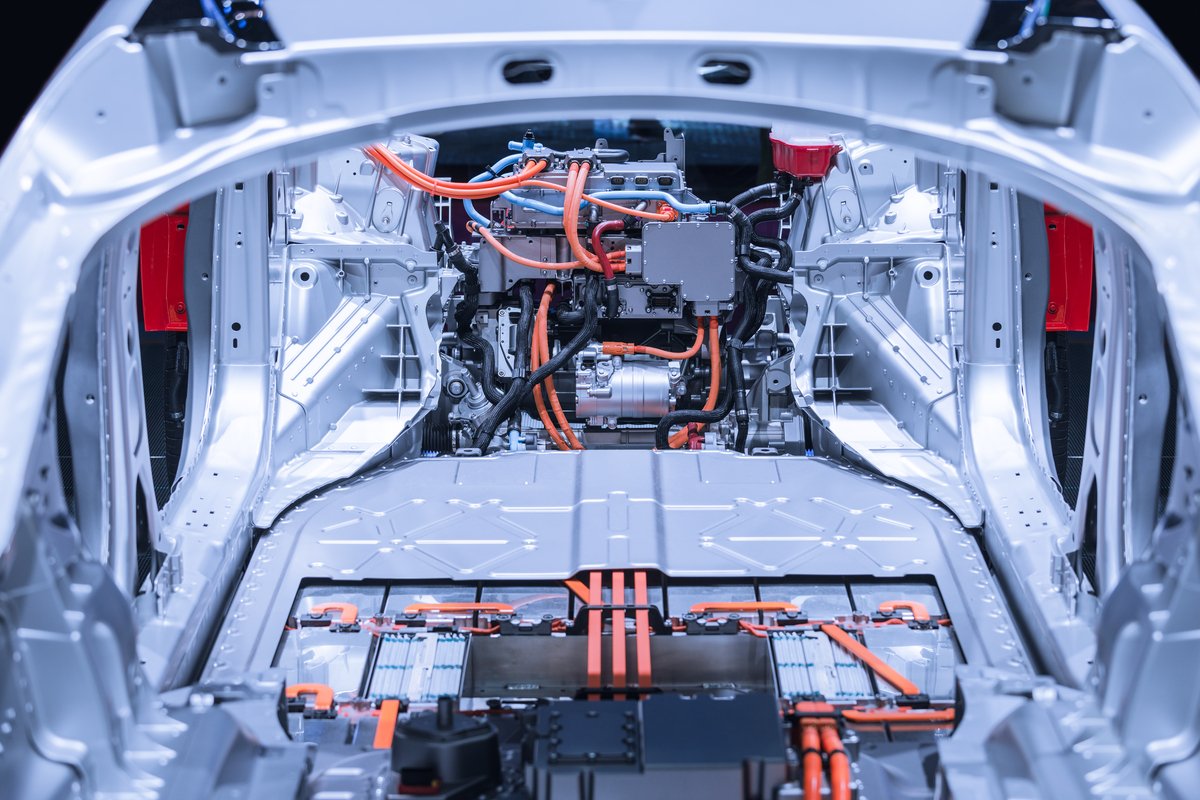This website uses cookies so that we can provide you with the best user experience possible. Cookie information is stored in your browser and performs functions such as recognising you when you return to our website and helping our team to understand which sections of the website you find most interesting and useful.
Electric vehicle (EV) battery capacity and high voltages from charging units are increasing all the time, meaning EV owners can now travel further than ever while spending less time waiting for vehicles to charge. But increased charging voltages (as much as 1000V DC) and consumption pose a new set of challenges for EV and charging infrastructure engineers: How to make charging safe?
The new generation of fast DC chargers effectively places a potentially deadly high voltage cable in drivers’ hands. And this safety challenge is compounded by the fact that charge stations are outdoors, exposed to the elements, so wear and tear from continued charge cycles can degrade components to increase the risk of failure over time. If the mass adoption of EVs is to be a success over the coming decade and beyond, safety must be a chief concern for everyone involved.
What are the Dangers?
The electricity stored in an EV battery generally discharges slowly over the course of a journey. During fast DC charging, however, the same amount of energy is discharged in under ten minutes, placing the battery’s heat-producing Lithium-ion under a load far in excess of that created when the EV is at travel.
Most charger-side hardware will experience short circuits and ground faults at some point, usually caused by the breakdown of insulation. Either has the potential to cause severe damage to hardware and put lives at risk, so choosing rugged components that will withstand wear and tear over the long term is essential.
If unprotected, overcurrents may cause components to overheat, leading to fire and the release of toxic fumes. The explosions from faults are potentially fatal and electric shocks from high power DC charging units are powerful enough to kill many times over. Protecting hardware and users from short circuits, ground faults and overheating is a must.
Short Circuits Protection
Overcurrent and ground faults are the most common causes of short-circuiting in charging hardware and there are several potential flashpoints that require protection.
AC Input, Rectification and Power Factor Correction (PFC)
AC power enters the circuit and is converted to DC before PFC limits reactive power to reduce excess load. This stage requires ground fault detection and protection from overcurrent in the form of fast-acting fuses.
In addition to fuses’ usual technical specifications like rating and time profile, size is also a consideration in EV chargers where available space is at a premium and designers will often look to select the most compact possible solution that is adequate for the units’ needs. However, they must ensure that fuses offer easy access and identification to make repair and maintenance easier down the line.
DC-DC Conversion and Output
At the DC stage, voltage is adjusted to the correct level for charging before being outputted to the EV. This stage is prone to transients and surges and requires filtering and protection from overcurrent, overvoltage and ground faults.
Regular transients caused by the switching of reactive components in the charging circuitry occur all the time. However, unexpected transients from lightning or electrical storm disturbances are less predictable and require constant monitoring.
Solutions include metal oxide varistors (MOVs) and transient-voltage-suppression (TVS) diodes at the primary level, accompanied by secondary surge protection devices (SPD) to trip the circuit when a high-voltage transient threatens to overload the system. The choice of SPD is ultimately a balancing of size and cost considerations against the level of protection required.

Ground Fault Detection and Protection
Ground faults can occur on DC chargers whenever a live component contacts the ground. They’re usually caused by poor insulation or wear and tear to insulation, especially in moist or dusty conditions. They can occur at either the input or output stage and are the most common cause of electric shock.
Safety hardware will vary between charger units but usually include current transformers (CTs) to trip a circuit breaker when current leakage is detected. IEC standards state that all input and output-side connections should also be fitted with residual-current devices (RCDs).
The Heat Challenge
From charging point to battery, systems must be designed to withstand the high thermal, as well as electrical loads, generated by high-power DC charging. Some automotive manufacturers are looking to solve the heat challenge by moving from 400V to 800V systems, which would transmit power at a lower current, negating the need for larger cable cross-sections that add cost bulk and weight and reduce efficiency.
For engineers, proper dimensioning is a fine balance between safety and the need to keep vehicles compact. This is especially true for EV —especially vehicle-side— lightweight and range-competitive.
Safety is Future-Proof — Get Expert Advice
Charging tech is advancing almost by the day, but the need to keep EV drivers safe will remain. Responsibility for the public’s safety rests with engineers, who must stay up-to-date with protection requirements and options as the charging landscape changes.
For expert, independent advice on making your EV charging tech safe, get in touch with Dalroad’s team of independent in-house engineers.

